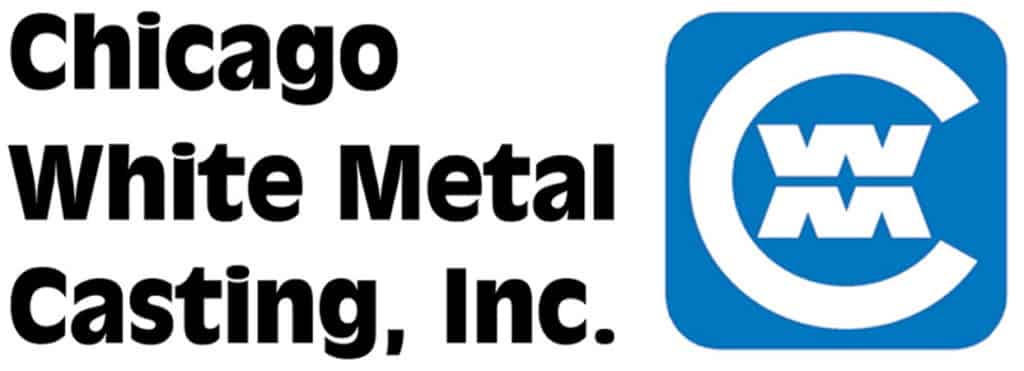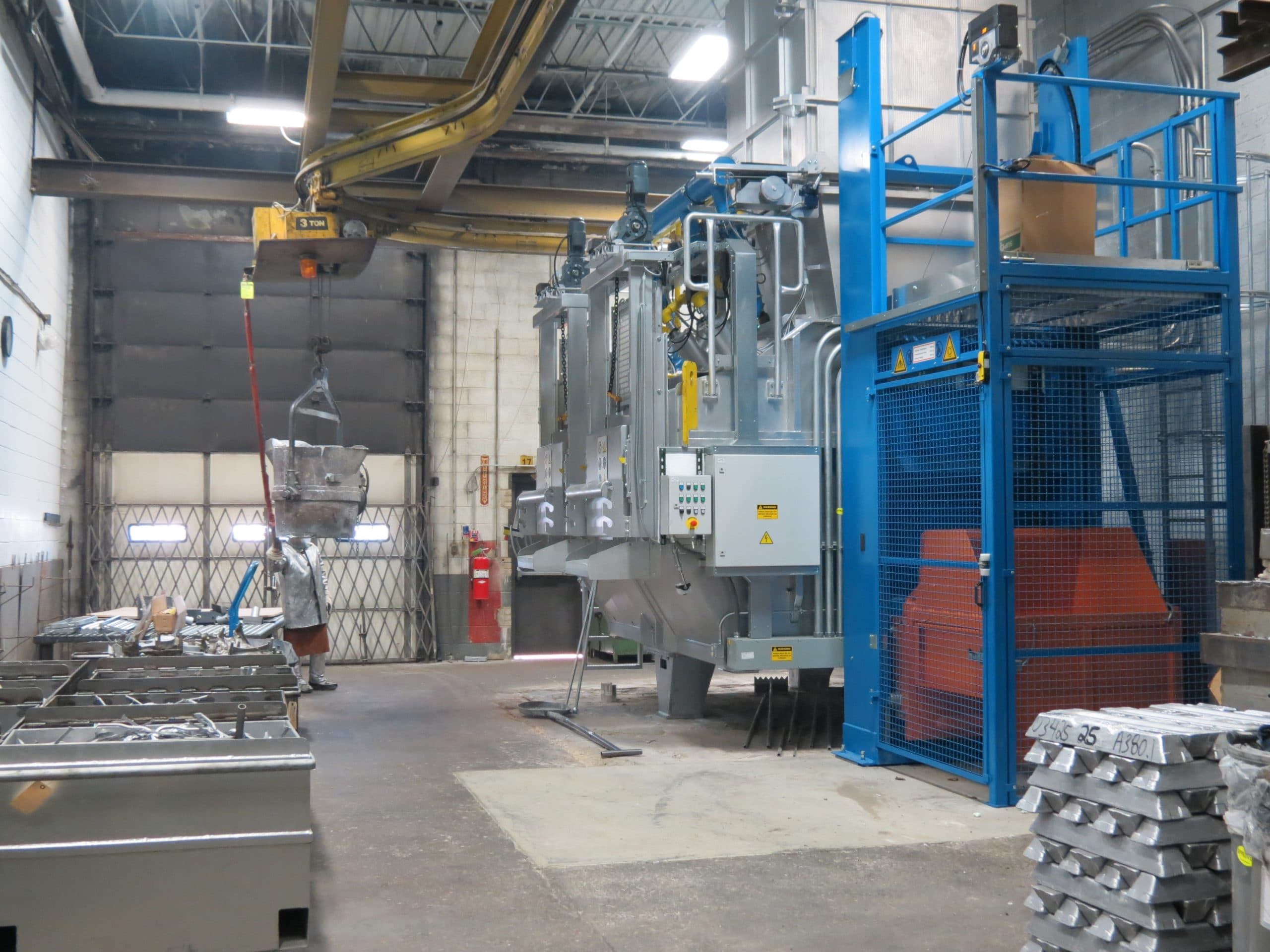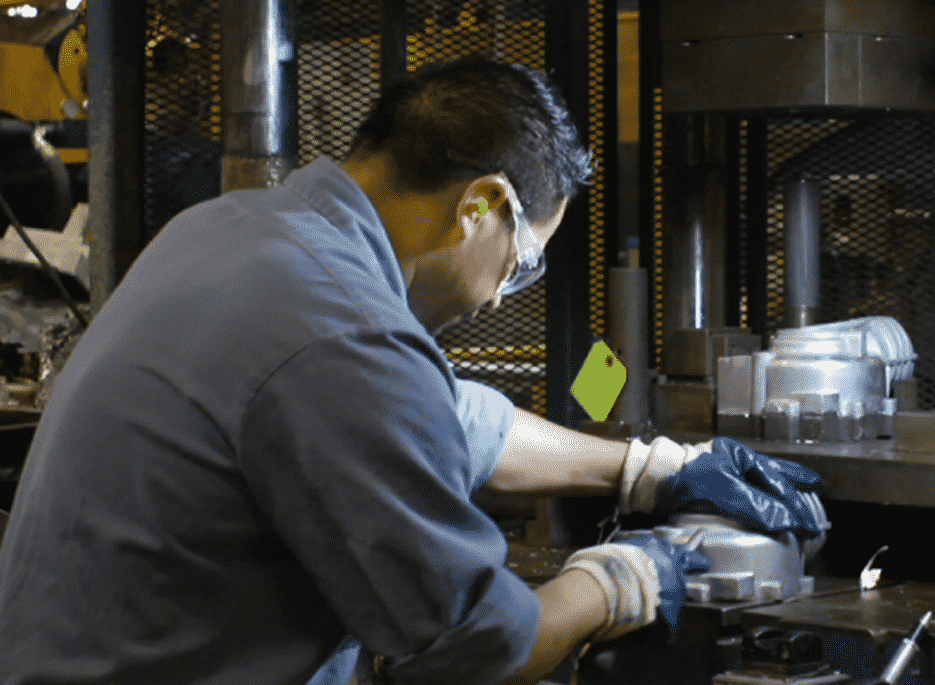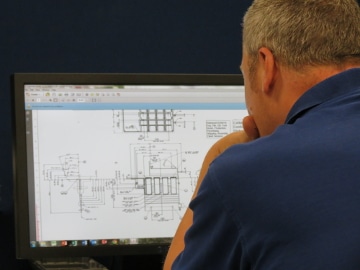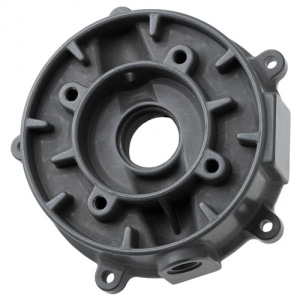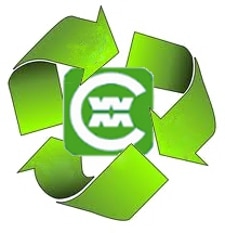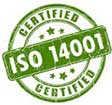Developing an optimum product design for die casting is similar, in most respects, for any material/process combination. In capitalizing on today’s advanced die casting processes, however, specific attributes of die casting alloys and the die casting process offer opportunities for distinct product advantages and cost reductions that require somewhat different tactics. These should be applied when a totally new product is being developed, and are critical when an existing product made from another material or process is being redesigned for die casting.
When a custom die casting design (or any design) is started from a clean sheet of paper, the designer must disassociate the design constraints from the materials and processes traditionally employed. This is the path to the optimum cost-effective results. Three principles are helpful:
• Think function, before traditional form.
• Performance must be sufficient, not equal.
• Match material properties to performance specifications.
Function Before Traditional Form
In many cases form does not reflect function, but is instead determined by the traditional material and process employed. Therefore, it is essential to think of the function(s) that the component is to perform, and disregard the traditional or previous process form. For example:
• A powdered metal part may have relatively thick walls in structural areas, with throughholes to remove excess material. A die casting typically achieves maximum structural properties by utilizing thin walls with corrugated sections or rib reinforcements.
• An injection molded plastic component may be attached with through bolts and nuts, which are required because the viscoelastic (relaxation) behavior of the plastic makes it necessary to apply only compression loads. Or it may utilize metal inserts. A die casting with superior creep and relaxation properties can employ tapped threads to an advantage.
• A billet machined part may have block like features to obtain functions, for example: square pockets, sharp edges, flat and cylindrical surfaces. The same part designed as a custom die casting may obtain function with smooth filleted pockets, generously radiused edges and contoured and shaped surfaces.
The function before traditional form principle can often be applied to die castings made a few years ago. In many cases, wall thicknesses have been dictated by the limitations of then existing casting technology, so that the die casting component was over designed in terms of functional and structural criteria. Yesterday’s die castings can often be redesigned and produced by today’s advanced, custom die casting technology with thinner walls, reduced draft, and closer tolerances that more nearly reflect the functional criteria.
It is important to note that the definition of form in “function before traditional form” is the traditional shape that is required by specific manufacturing processes. This is not to be confused with a purposely designed form or shape that may provide value or function to the product design. The die casting process easily produces complex design shapes that may be difficult, costly or impossible to produce with other manufacturing processes.
